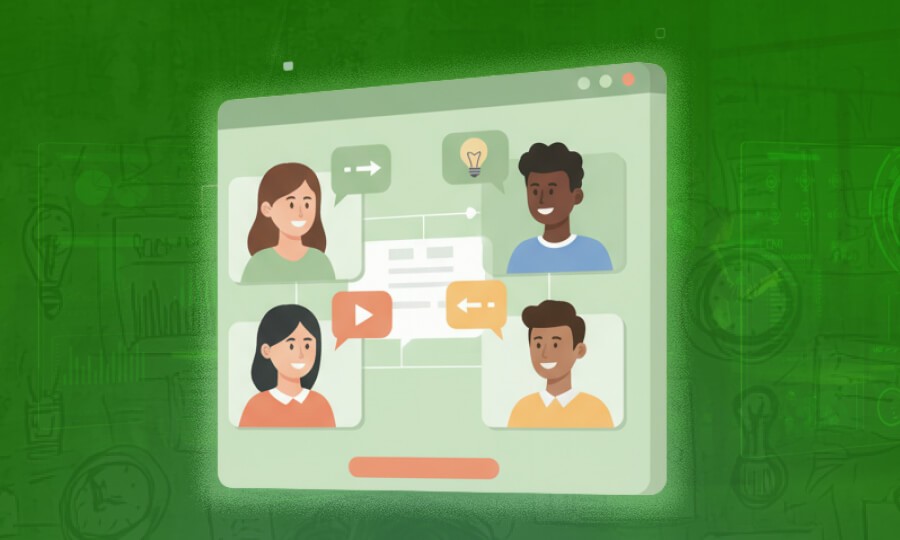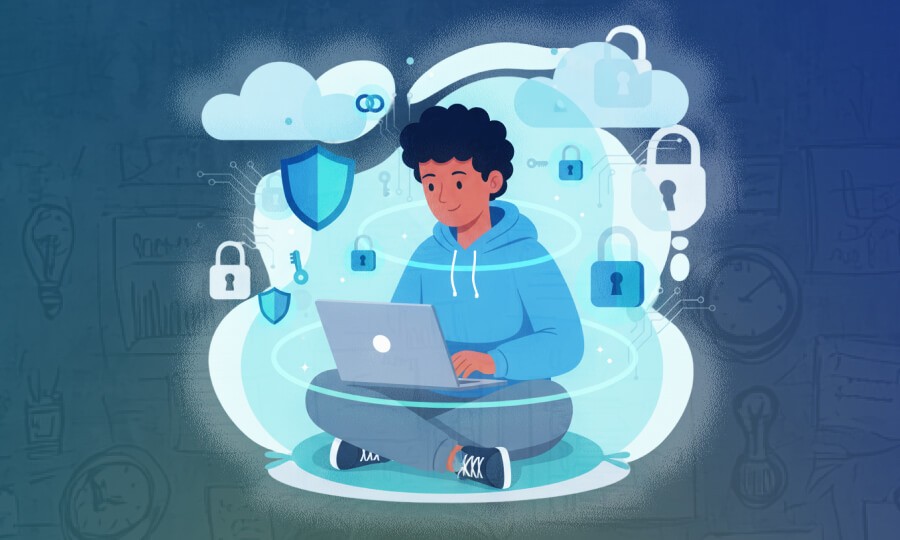Blog
Many online classes lose their audience very early. It’s often after the first class, sometimes even before it ends. But it’s not due to laziness or a lack of motivation on the…
Read 15 minutes
1 week ago
Some people who create courses assume their product will be the video, the slides, and the workbooks. The truth, however, is that the thing that keeps people interested in the course has everything…
Read 15 minutes
3 weeks ago
When you're selling online courses, you're not just selling a set of information; you are selling yourself. Your experiences, your expertise, your values, and your teaching style are what learners…
Read 15 minutes
1 month ago
Attention spans are limited. Upon entering a training program, learners scroll rapidly, and it seems like traditional ads or longer explainer videos just get lost. Short-form videos, such as TikToks…
Read 15 minutes
1 month ago
In 2025, digital creators are still battling with the same, but sharper, question: webinars vs. online courses for making more money? Both webinars and online courses can generate income, build…
Read 15 minutes
2 months ago
The classic language practice tasks are the solo tasks with limited actual interaction. But language prospers on dialogue and common problem-solving. By replacing assignments and grades with…
Read 15 minutes
2 months ago
Education has transitioned to a virtual format at a rapid pace. Students submit personal information—such as names, grades, and addresses—every time they enter a system. Such information…
Read 15 minutes
2 months ago
All solopreneurs in education hit a wall at which it's no longer feasible to do it all alone. You get up in the morning and design lessons, teach students, reply to emails, and administer payments.…
Read 15 minutes
3 months ago
Online learning platforms enable schools, universities, and individual course creators to connect with students from anywhere in the world. This can introduce flexibility and opportunity, but also…
Read 10 minutes
3 months ago










